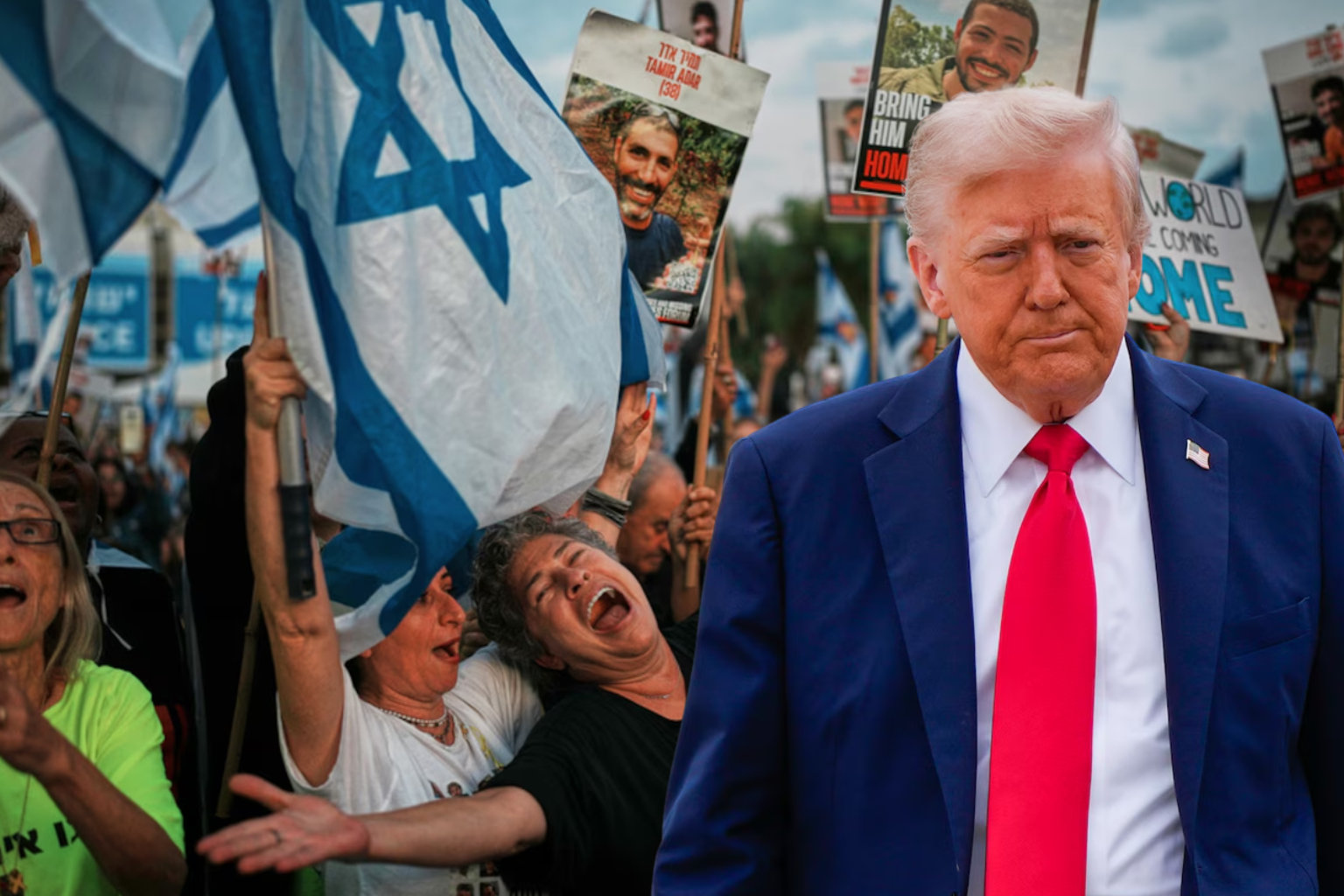Ceasefire Pact Brings Release of Hostages and Prisoners Amid Fragile Calm in Gaza

Hamas released the last 20 Israeli inmates in Gaza on Monday and Israel released nearly 2,000 Palestinian captives under a peace agreement to conclude one of the region’s darkest episodes. After years of conflict in Gaza that uprooted millions and shattered families, the exchange is a breakthrough.
“Hostage Square” was filled as TVs displayed the captives’ arrival, and Tel Aviv welcomed their release to Israeli police. Many had been apart from family for 700 days. Palestinian supporters cheered and grieved as liberated inmate buses approached the West Bank and Gaza. Though tired, war-torn families returned optimistic.
Hospitals quickly assessed and treated all male hostages. Some Israeli authorities praised Hamas for providing four coffins with captured remains, but others blasted it for violating the ceasefire. The Red Cross warns that finding and recovering more bodies after years of destruction is difficult.
Israel freed 250 life-sentenced attackers and 1,700 Palestinians seized without charges throughout the fighting. Liberated prisoners were transported to Gaza, the West Bank, or exile. Residents of Ramallah and other West Bank cities welcomed the arrivals with photos of missing relatives and relief.
Gaza has improved humanitarian access since the ceasefire. Multiple crossings will provide food, water, medicine, and repair to war-torn villages. International monitoring has found siege and shelling-sealed tunnels, but logistics and security prevent relief.
On Monday, Netanyahu guaranteed peace before the Knesset, emphasizing Israel’s security and Gaza’s demilitarization. That day, outgoing U.S. President Donald Trump addressed Israeli legislators and co-hosted a summit with regional leaders in Egypt to finalize the pact and describe postwar rule. Trump called the ceasefire a “historic dawn” but said Hamas disarmament and Gaza’s future administration are uncertain.
Trump’s peace plan includes an international entity to restore and oversee Gaza while Palestinian technocrats run daily services. Hamas demands local governance and resists disarmament. Future security forces in Israel need strict oversight and restrictions.
Southern Israel was assaulted by Hamas on October 7, 2023, killing 1,200 and capturing 250. Palestinian health officials reported that the Israeli military’s massive assault killed tens of thousands and displaced most Gazans. The fighting ejected 90% of Gaza’s 2 million population.
The truce end is nice, but uncertainty remains. Critical infrastructure in Gaza is destroyed. Crisis: water, food, medicine, and shelter shortage. Many Gazans return to slums. War discontent and pause worries have sparked West Bank rallies and riots.
Hostage-inmate swaps are a delicate but symbolic effort to repair the story. The dead, humanitarian flows, Gaza’s political fate, and regional tensions will be a challenge for all parties. In the following days and weeks, global leaders will discuss the ceasefire framework to determine if it is a turning point or a momentary quiet in a lengthy battle.
Sources
Reuters
The Guardian
Washington Post
Associated Press
TIME




